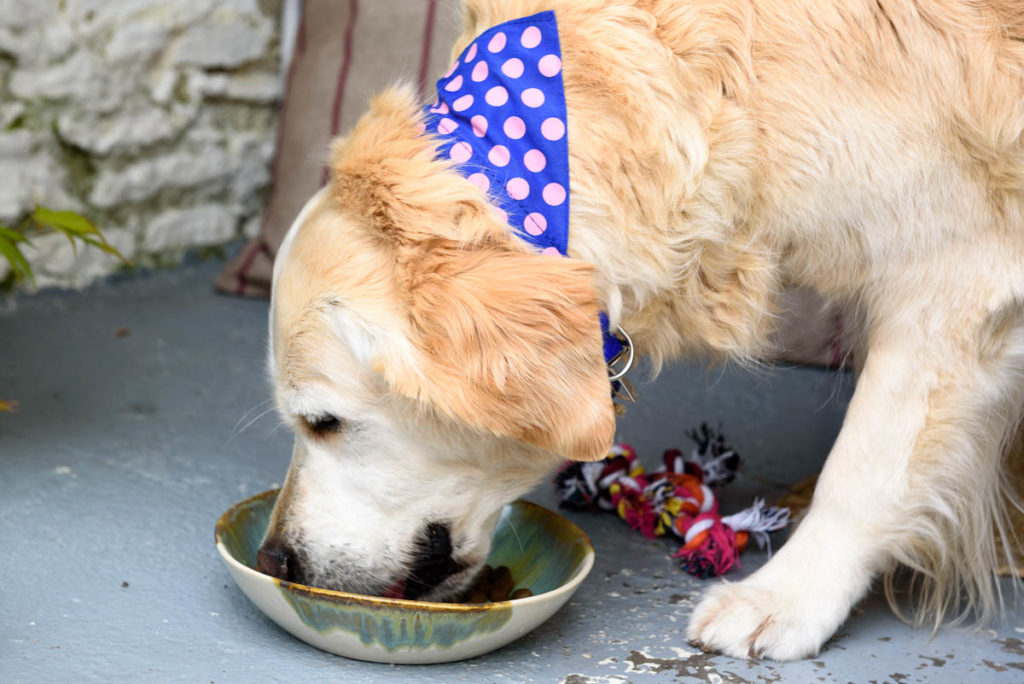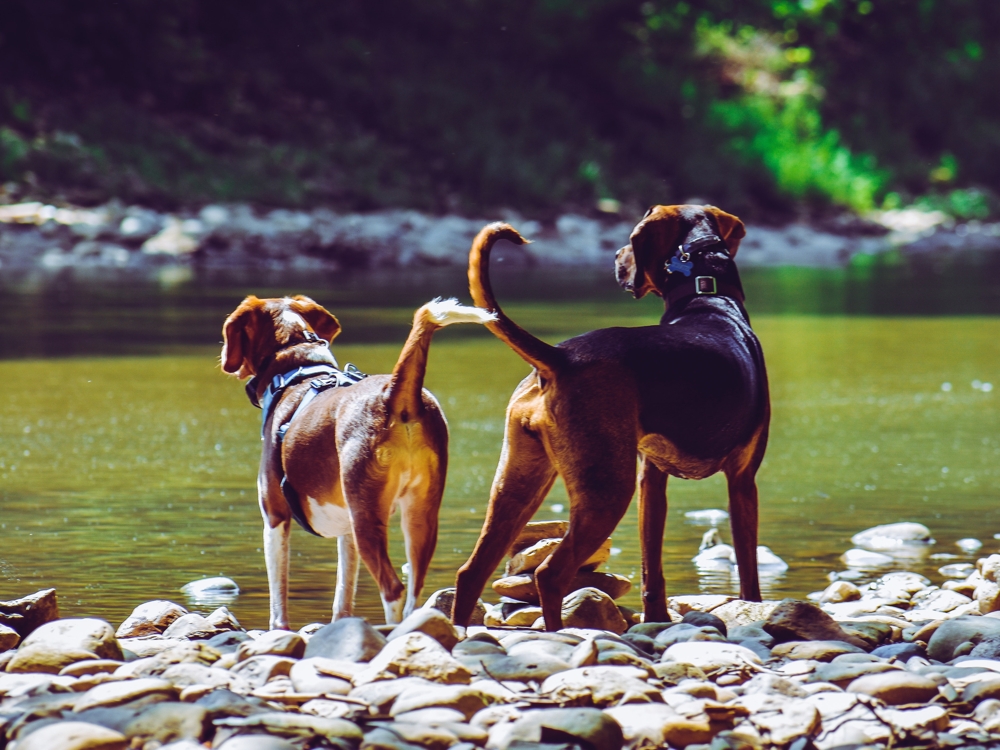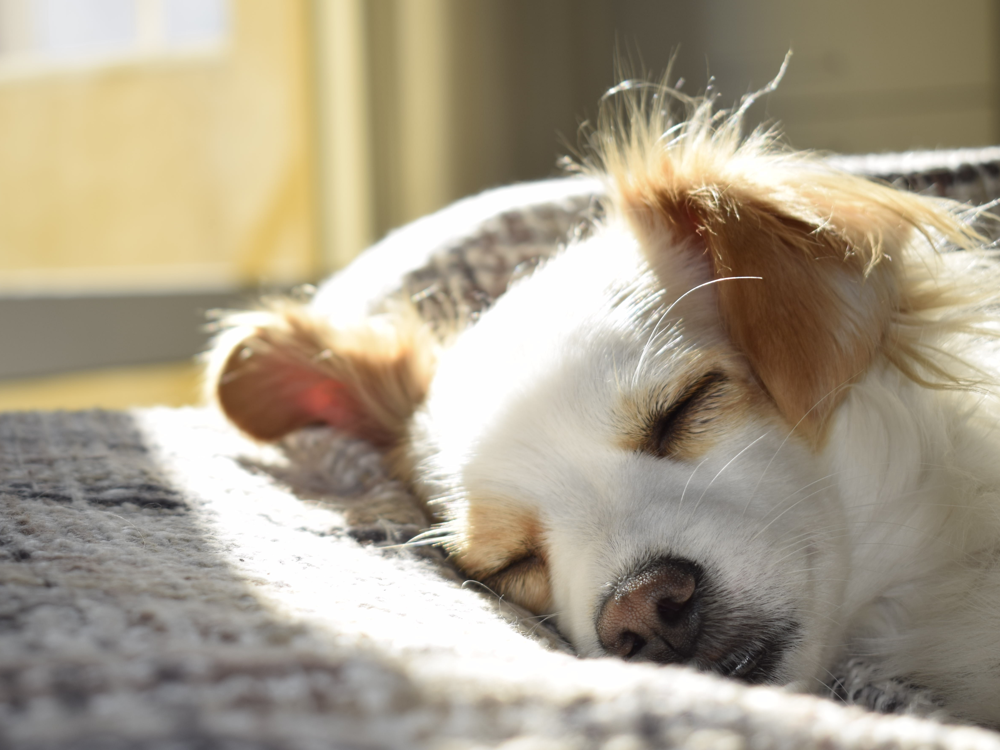How Do I Stop My Dogs from Fighting over Food?
Share
[Sassy_Social_Share]Sibling rivalry isn’t just for humans. Dogs in the same family can have their share of conflict too. If their human pack leader doesn’t step up and manage it, it can develop into a bigger problem. But with the right approach, canine conflict can be resolved. Dogs get possessive over their toys, food and even their personal space. If they could talk, we’d probably hear many of the same things that children say – ‘that’s mine!’ ‘he got more than me, no fair!’ and ‘she’s touching me, make her stop!’ The biggest conflicts between dogs are usually about food, so people who have more than one pup need to know how to deal with food aggression between dogs.

Dogs are all individuals. Some will happily eat side by side with the utmost consideration for each other. Others, meanwhile, will wolf down their food with one eye on their companion’s bowl watching for a chance to make a move. Many fall somewhere in the middle – mostly good friends, but not above grabbing a bite of each other’s food occasionally. And the dynamics can change between dogs in a family due to their age, changes in the household or even picking up on their people being stressed.
Is Food Aggression Is Simmering between Your Dogs?
Dogs communicate a great deal with their body language before they utter a sound. Know how to spot signs of food aggression between dogs before it spills over into open conflict.
A dog guarding food has a stiff posture. They might stand over their bowl and glare at the other dog. The next step beyond that is usually a low growl and a lifted lip. A dog that is aggressively possessive might also gulp their food down. That can increase their risk of developing bloat, so it is important to solve this problem and help them feel secure about their food.
A relaxed, secure dog tends to eat more slowly. They clearly enjoy meals more than the aggressively possessive dog. This dog is relaxed, and if they look away from their bowl, their face is calm and their gaze moves around the room rather than fixing on their perceived rival.
How to Deal with Food Aggression between Dogs
If you are introducing a new dog to your long-time pet, you can avoid problems by starting with these rules in place. But if your dogs have been pals for years, whether they’d had a long simmering food feud or something has shifted in their dynamic recently, these steps can bring peace to mealtime.
- One Dog per Bowl. Sharing a bowl fuels food aggression and makes meals a competition. It also means you can’t really gauge how much each dog is eating.
- Separate Eating Areas. If you have the space to put your dogs’ bowls across the room from each other, that helps them feel more secure when eating.
- Teach Table Manners. Make each dog sit before you set their bowl down to reinforce that you are the pack leader and you make sure everyone gets enough food.
- Hand Feed Them. Feeding your dog the first few bites of a meal by hand is an even stronger message that you are in charge and will ensure everyone has plenty of food.
- Pick Bowls Up. When your dogs are done eating, pick up their food bowls and put them in a press out of sight. Seeing their empty dish can fuel a preoccupation with food.
- Feed on a Schedule. Routine is comforting to dogs. If they know when their next meal is due, they are less likely to fret about it. When food arrives on schedule, they feel secure.
- People Eat First. All types of rivalry between dogs is reduced when they feel secure that their human is their leader. It means they are not competing for the top dog spot. Eating before you feed your dogs makes it clear that you are the leader and they are the pack.
- Keep It Calm. Be aware of other household stress – mealtime should be calm and quiet. You might need to change the time or location of your dogs’ meals to ensure they are not eating while children are playing loudly nearby.
The focus with these steps for how to deal with food aggression between dogs is to teach your dogs that they will always have adequate food and it will not be robbed from them. If your dogs have different diets due to different ages, sizes or food allergies, it is especially important that they learn to leave each other’s bowls alone.
The Roots of Canine Food Aggression
Food aggression is not about your dogs disliking each other. Dogs are extremely social, and for the most part they want to get along. Some experts think the seeds of food aggression are sown early, when pups compete to nurse. Dog breeders, according to this theory, can contribute to this with the common practice of feeding a litter of pups from one big, shared food bowl. The bigger, more aggressive pups get the most food, while the smaller, quieter ones might not always get their fill. That’s a sad image, but the good news is that it is at least partially a learned behaviour. It can be unlearned. The steps above will help your dogs feel secure.
Food aggression is one part of a larger behavioural issue called resource guarding. Dogs can develop a similar rivalry for toys, preferred spots to lounge around the house and yes, even your attention. Knowing how to deal with food aggression between dogs by promoting security will help your dogs generally feel confident that you are in charge and all of their needs will be met. You can also buy duplicates of favourite toys to keep the peace. If your dogs are easily managed on walks, taking them together can promote a good pack bond between them.





